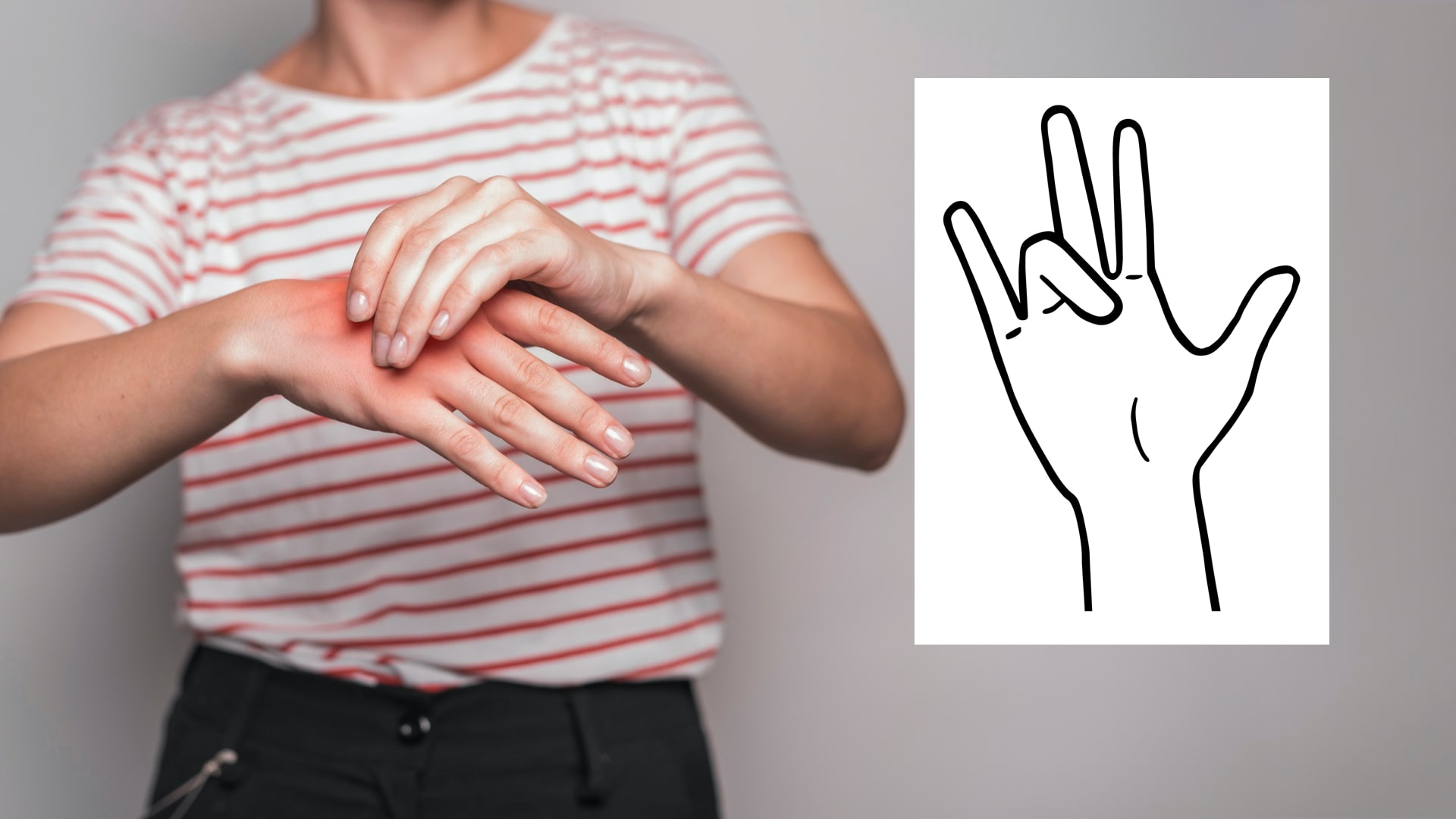How to Deal with Tinnitus (Ringing in Ears) 5 TIPS
I would like to share with you what you can do with 5 TIPS and how to manage one of the most annoying conditions: tinnitus or ringing...

November 21, 2023
Dealing with Trigger Finger can be scary for many patients. It’s easy to feel overwhelmed with questions like how to manage it when to seek treatment, and what it all means. That’s why having a qualified professional guide you through recovery is important. However, having a basic understanding of your condition can also be helpful. In this article, I’ll answer the TOP 10 questions patients usually ask me about Trigger Fingers.
We understand this can be a lot of information and overwhelming: if you are looking for more support and answers, set up a free consultation with our Trigger Finger Specialist, Satoru Ozawa. Share your story, get your questions answered, and learn how you can set yourself up for tremendous success in achieving a healthy life.

If you’re dealing with a trigger finger, it means the tendons in your finger are inflamed and swollen within the tendon sheath. This can cause discomfort and make it tough to move your finger around. Occasionally, your finger might even get stuck in a bent position.
Within the hand, there are three significant muscles: the Flexor digitorum profundus, Flexor digitorum superficialis, and Flexor pollicis longus. The Flexor digitorum profundus and Flexor digitorum superficialis are responsible for bending the index, middle, ring, and pinky fingers, while the Flexor pollicis longus controls the thumb’s flexion. These muscles work seamlessly, enabling you to make a fist effortlessly.
The tendons in your fingers are surrounded by a unique sheath that helps them move smoothly and with less energy. This sheath is lubricated, meaning your fingers can bend, make a fist, type, or write easily. Plus, it reduces friction between the tendon and bone, so you can use less effort to create a stronger force.
It may surprise many to know that women in their 50s have a higher risk of developing trigger fingers compared to men. Typically, the period of increased risk occurs after pregnancy or during menopause due to hormonal imbalances. Those who use their fingers extensively, such as musicians, office workers who type frequently, and writers, are also at a higher risk of developing trigger fingers.
Despite various theories, the exact cause of finger tendon inflammation or swelling remains unknown. Experts have linked it to hormonal imbalances in women, arthritis, diabetes, or overuse, but there is no concrete evidence to support any particular cause.
If your fingers feel like they’re clicking or popping, you might have a trigger finger. You might also feel some tightness or tenderness in your palm, and your finger might get stuck in a bent position before suddenly straightening out. Just keep in mind that X-rays and MRIs usually won’t show anything wrong with the trigger finger.
While steroid injection is successful in treating 86% of trigger finger cases, there are additional options that you can try at home on your own.
For more information, please read our blog at How to deal with Trigger Finger: Home Remedies
The treatments focused on reducing the tendon inflammation and swelling and restoring movement in her finger without locking up the joint. Acupuncture has been shown in many studies to be incredibly practical in reducing pain and inflammation due to its ability to stimulate the body to release its natural painkillers. Applying heat is another way to reduce swelling and increase our natural healing process.
Yes. Acupuncture is very effective for trigger finger. During initial acupuncture session, we examined finger and muscle tightness in the flexor muscles. You may not able to grip your fist or straighten up your 4th finger or thumb due to pain.
Within 6 weeks to 3 months, most of our patients looked back to normal, and they were close to 90% recovered in terms of finger mobility. Even then, recovery is not guaranteed.
No, it is possible to fully recover from the trigger finger, but it requires time. The patient’s success largely depends on receiving treatment within three weeks of the onset of the trigger finger. Generally, the earlier the treatment, the better the chances of a successful recovery.
With proper treatments, ones should be able to start noticing improvements within a few weeks and make a significant to complete recovery within three months. Another option is to ask your doctor for a prescription for natural Chinese herbs. These herbs could aid in reducing inflammation and swelling around the tendon region.
Applying ice to the hand may not be helpful as it can further tighten the tendon and tendon sheath. Although it may provide temporary pain relief, it does not aid in quicker healing. It is recommended to apply heat instead, such as taking a hot bath or using a heat pack.
Self-massage can effectively reduce inflammation and improve the movement of tendons within their sheaths. To achieve optimal results, it is advisable to perform a daily massage on the palm and forearm.
It is generally better to receive treatment as early as possible for a higher chance of a positive outcome.
Sometimes patients seek trigger finger treatment several months or even years after the initial symptoms. Chronic cases like these are more complicated and require a longer period of treatment to see results. However, even with extended treatment, a full recovery is not always guaranteed.
Regarding the frequency of treatments, Acupuncture follows a simple rule. When it comes to treating different types of issues, the frequency of visits can vary. If you’re dealing with a new and sudden problem, it’s best to come in more often for optimal treatment. On the other hand, you may need fewer visits but more extensive treatments for chronic or long-standing conditions. For example, if you’re dealing with a new case of trigger finger, you might need to come in 2-3 times a week to see the best results. But if you’re dealing with a more chronic case, just one weekly visit should be good.
If you or a loved one was diagnosed with a trigger finger and want to learn more about Acupuncture and whether it’s appropriate for your case, send us a message through our contact page. Thank you for taking the time to read this blog post! I appreciate your interest and hope to see you again for future posts.

We understand this can be a lot of information and overwhelming: if you are looking for more support and answers, set up a free consultation with our Trigger Finger Specialist, Satoru Ozawa. Share your story, get your questions answered, and learn how you can set yourself up for tremendous success in achieving a healthy life.
The following blogs discuss natural remedies, acupuncture, Chinese medicine, Chinese herbs, and tips for maintaining good health.
I would like to share with you what you can do with 5 TIPS and how to manage one of the most annoying conditions: tinnitus or ringing...
A 45-year-old man came to my clinic looking for some relief from the ringing in ears because he discovered that acupuncture might be a great option to...
I want to show how to alleviate tinnitus, which sounds like whistling, buzzing, roaring, or clicking, especially at night, using 10 acupressure techniques.

Satoru Ozawa, L.Ac, ATC
hariQ acupuncture & herbs
Licensed acupuncturist, Certified Athletic Trainer and Chinese herbal specialist. With his 10 years of experience in Oriental Medicine, he will recommend the best natural Remedies, including Acupuncture, Chinese herbs, and health tips to relieve your suffering.
2 comments